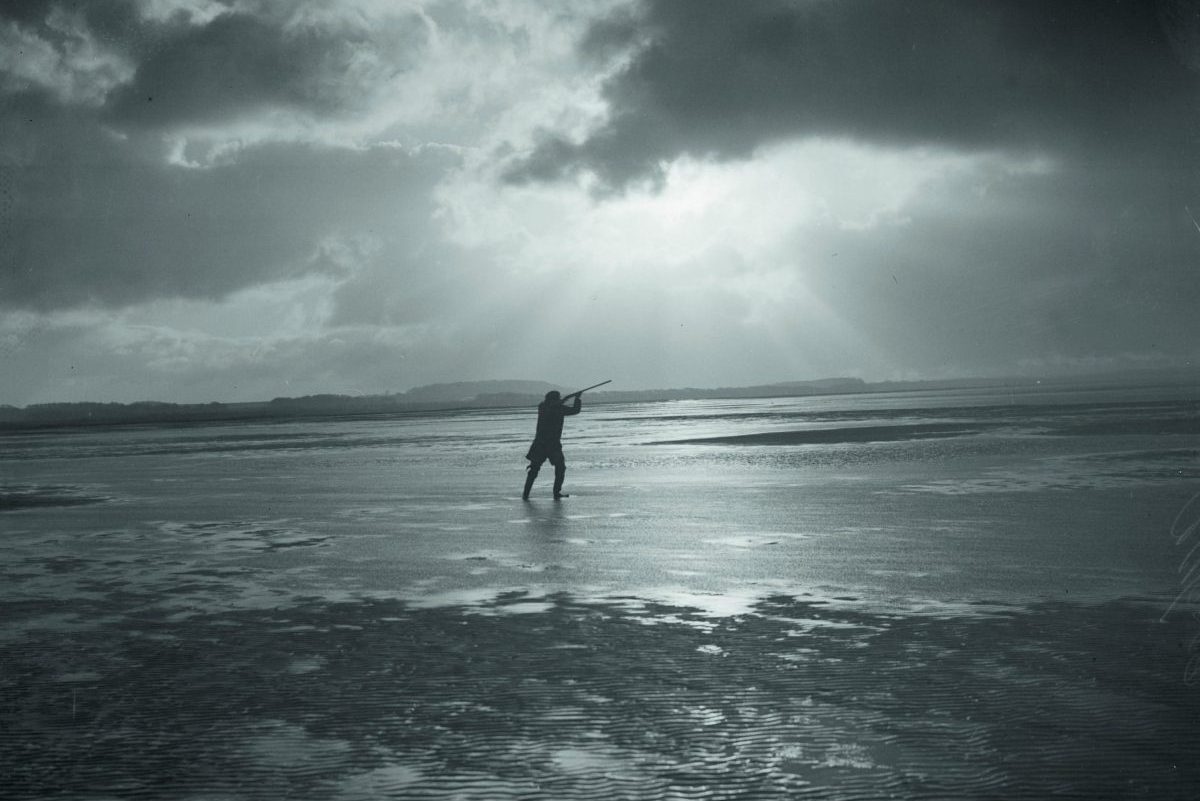What makes for a good wildfowling season?
The question of what constitutes a good wildfowling season has lots of answers, but reflecting upon one that has just finished yields a few more

The mark of a truly good season is a simple one: a fair bit of time spent fowling will make it so
At the Little Oakley and District Wildfowlers, we have our annual meeting in February. It’s a chance to review the season and put plans in place for the summer. Post-holders are re-elected and beer is sampled. For me, the highlight of this get-together is a very simple two-word question. I like to have a drink and enquire of anyone willing to answer: “Good season?” And I ask it now in writing. How was the winter for you? How does it compare to previous years? Would you rate it as a decent wildfowling season? This all depends on what we mean by a ‘good season’. Maybe I can suggest some criteria.
Most obviously, it’s about the quarry — and let’s be honest, the bag returns. Wonderful though a blank outing can be, one or two for the pot tends to make for a better flight. For most Essex wildfowlers, myself included, this has been a very healthy year. Every month has offered us encouraging numbers of wigeon, teal, geese and mallard. And when compared to what the spectre of bird flu might have caused, the wildfowling season has been excellent.
Great flushes
It’s rare for me to manage double figures in a flight. During some wildfowling seasons my maximum foreshore bag has remained stubbornly in the low single figures. But this year I’ve managed both a 12 and 13-shoulder gunning on days when I’ve been surrounded by great flushes of wigeon and springs of teal.
The weather plays a massive part. In north-east Essex, we’ve not had a significant snowfall in a number of years. But the dry deep freezes have helped in keeping birds on the coast. Ice in the creeks and frost on the saltings made it feel like proper fowling over Christmas and created that little bit of foreshore magic.
Special moments mark out a season. Nothing will ever quite beat the first outing on Montrose Basin or a moon flight on Lindisfarne. Pulling the lanyard to unleash a punt-gun always adds a frisson to a season. And this one’s been good for a few unforgettable flights.
The day in November when more than 2,000 pintails arrived on the Essex coast is right up there. An outing with the 10-bore was special, particularly given the price of cartridges, because I managed three birds with two shots. My son William’s first wigeon, part of a really successful decoying session, was great. And some very satisfying retrieves from the hound made the season special.
Scout hasn’t entirely disgraced herself this year, and on one occasion she set off on a retrieve at a peculiar angle, apparently with the aim of springing a pack of teal in my direction. It worked and I got one.
Companions matter through the season. I’m in the unusual position of taking out a non-shooter quite regularly. Cameraman Callum McInerney-Riley is an avid fisherman, but he doesn’t shoot. He’s great company on flights and is developing a keen eye for incoming chances. He also has a habit of producing a bottle of port or smoked meat just when needed. He and I had an entertaining outing with Leon Challis-Davies, a man who also knows a thing or two about rustling up a delicious meal in the middle of nowhere.
This year’s been special for me because it’s my first with a new club. I’ve managed to visit three of their four substantial marshes, and although each outing has been blank, it’s been exciting getting to know new flightlines, tidal quirks and access arrangements. In the process, I’ve enjoyed close-quarter fly-bys from a male hen harrier and a family of whooper swans.
So, back to my question: has it been a good wildfowling season? Of course it has. Any time spent wildfowling is a good time.








